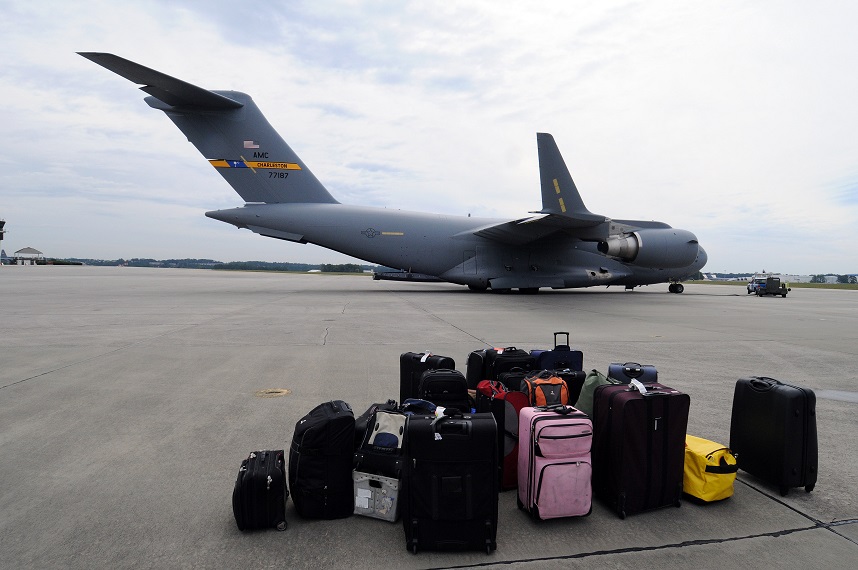
This post is also available in:
 עברית (Hebrew)
עברית (Hebrew)
With more people using battery packs, such as those in drones, cameras, or simply power bricks to charge the many devices we own, it’s become vital to ensure that no lithium-ion battery gets through to a plane’s cargo hold undetected. Under pressure — like in the cargo holds of commercial airplanes — some lithium-ion batteries are capable of catching fire, or, worse, exploding, causing a lot of damage.
Since 1991, the US Federal Aviation Agency has reported 225 incidents of smoke, fire, extreme heat, or explosion involving lithium-ion batteries in cargo or baggage.
Currently, the method to detect lithium-ion batteries is to blast X-rays on the luggage. When exposed, the electromagnetic radiation passes through and bounces off various things inside the bag differently depending on the density of the many types of material. Detectors collect these X-rays and create an image of what’s inside the bag.
Human intervention is still needed in the process, and that makes it prone to errors, although, according to qz.com, most airports also use software.
One of the new technologies is the software developed by Smiths Detection, a supplier of X-ray detectors at airports. Their software uses a deep-learning algorithm to improve the rate of detection to up to 90%, the company says, and that can drastically cut the need for human input.
The deep-learning algorithm takes feedback from its successes and failures and refines its method moving forward using data on the shapes, textures, and materials that accurately indicate the presence of a lithium-ion battery. It’s self-updating, so it learns and improves on the fly. And because it’s a software upgrade, the company can deploy its technology on already-existing Smiths detectors.
The algorithm is based on a large database of X-ray images collected during live operation at a customer site. The images were manually tagged as containing lithium-ion batteries or not.
The deep-learning software was then trained using this data and tested against the manually tagged database. That’s how it learned from its successes and failures to start with, and it continues to do that in live operations across the world.
Eventually, the software could also be adapted to detect drugs, weapons, currency, and flammable liquids.

























